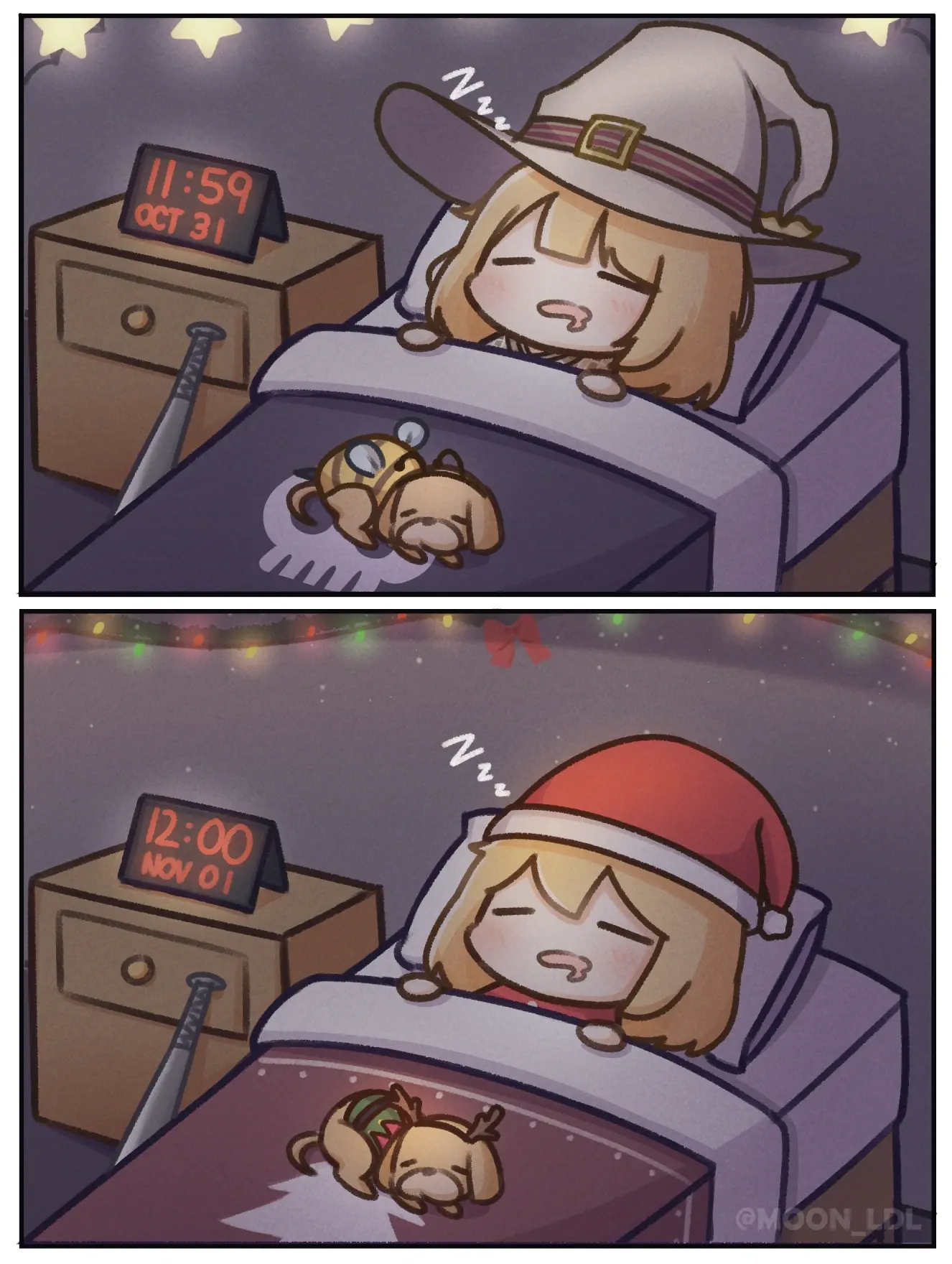I haven't seen much discussion about this, but noticed them when perusing some PDS's. The headliner is that they both have fees of 0.15%, lower than everyone else's equivalent offerings in the Australian market:
Global listed infrastructure:
| Provider |
Ticker |
Fees* |
AUD Hedged? |
| BlackRock |
GLIN |
0.15% |
Yes |
| VanEck |
IFRA |
0.31% |
Yes |
| Vanguard |
VBLD |
0.48% |
No |
Global listed property:
| Provider |
Ticker |
Fees* |
AUD Hedged? |
| BlackRock |
GLPR |
0.15% |
Yes |
| VanEck |
REIT |
0.30% |
Yes |
| State Street |
DJRE |
0.54% |
No |
* Total estimated fees, as taken from most recent PDS for each product at time of posting. Includes management fees (including indirect costs if broken down separately), plus transaction costs.
VanEck already recently reduced the fees on their two offerings a lot, but now BlackRock is half of that again.
Since it's listed (not unlisted) infra / property there's less diversification benefit, but hey it's being offered for cheap now.


